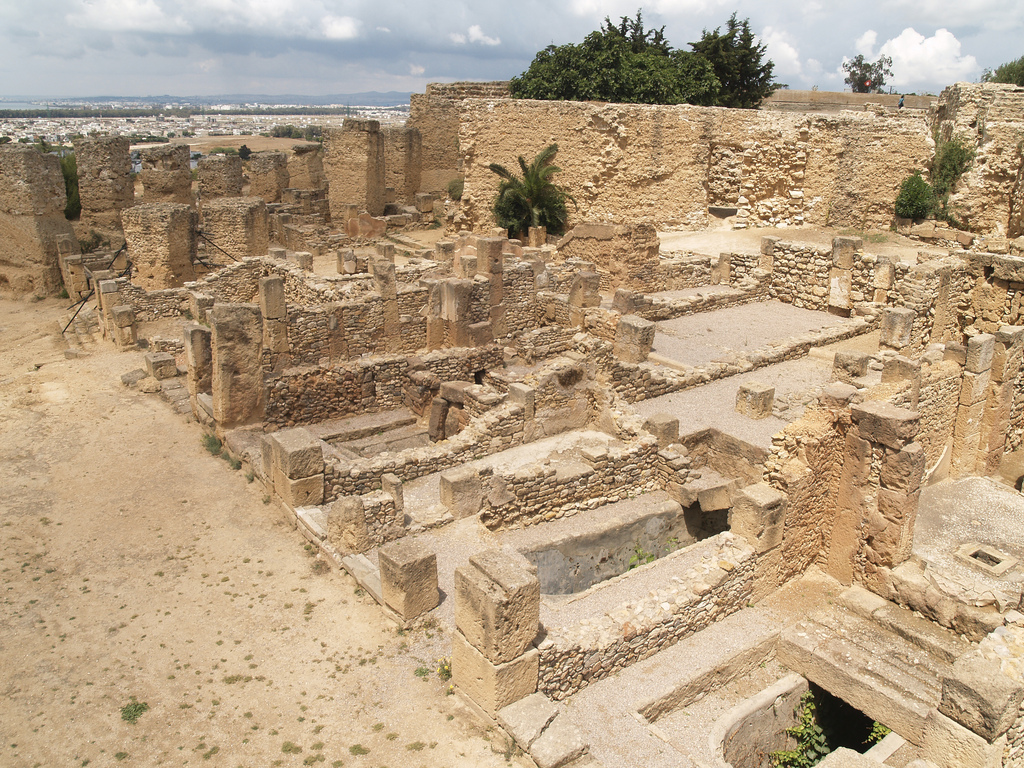Unique swords discovered in Byzantine Empire stronghold
07/01/2022 / By Zoey Sky

A recent study published in the Journal of Art History reported that archaeologists in Turkey have unearthed “rare and unique” swords in a heavily fortified city of the Byzantine Empire. The iron weapons are ring-pommeled swords, meaning the pommel or rounded knob at the end of the handle is shaped like a ring.
Ring-pommeled swords were rare in Byzantine Empire. According to the study authors, the blades are also unique and have interesting features that distinguish them from “the ring-pommeled swords of nearby civilizations.”
The swords were discovered in Amorium, a Byzantine city that was an important crossroad between Constantinople, the empire’s capital, and other major cities like Nicaea and Ancyra (now Ankara).
Amorium was once a military hotspot. According to the researchers, it became a stronghold that served as the region’s first defensive line against Arab invasions, like the Arab conquest of Amorium in A.D. 838.
Sword found in church may have been brought as a votive offering
Researchers have been conducting systematic excavations in Amorium since 1988, which led to the discovery of the two swords. The first, a fragmented and corroded sword, was found in the atrium of a church in 1993. The second was discovered in the lower part of the city in 2001.
Both swords date to the 10th and 11th centuries, during the middle Byzantine period or A.D. 843 to 1204.
Errikos Maniotis, the study’s lead researcher with a master’s degree in Byzantine archaeology from the Aristotle University of Thessaloniki in Greece, explained that the discovery of a sword in a church may be “considered bizarre” since it was customary to lay down weapons in holy places at that time.
Weapons placed in churches are usually associated with holy relics with connections to the warrior saints. There is also a deposit of armament in Mount Athos monasteries in Greece, like a chainmail shirt that is stored in Iveron Monastery.
The researchers believe that the sword could have been left behind as a votive offering by its owner to the church along with other objects.
The second sword, which was discovered in the lower city, has a 5.5-inch-long (14-centimeter) handle and a double-edged blade that was at least 24 inches (61 centimeters) long, wrote Maniotis and study co-researcher Zeliha Demirel-Gokalp.
Demirel-Gokalp is the director of the excavations at Amorium and a professor with expertise in Byzantine art in the Department of Art History at Anadolu University in Turkey. (Related: Researchers discover what may be the largest land drawings ever made.)
Ring-pommeled swords are common in other cultures
The researchers said the dimensions of the second sword suggest that a soldier in the Byzantine army may have used it as a secondary, optional sword during battle.
While they were rare in the Byzantine Empire, ring-pommeled swords are known from other cultures.
The earliest known ring-shaped pommel were used as early as the Chinese Han Dynasty (206 B.C. to A.D. 220). In time, the practice spread to the nomadic Scythians and Huns, explained the researchers. The Scythians were a group of nomads who occupied a large swathe of grassland from the north of the Black Sea all the way to China.
Ring-pommeled swords are also seen in other cultures, like the Sarmatians in Central Asia and the Romans, who may have adopted the practice from Sarmatian mercenaries.
But unlike previously discovered swords, the sword found in the church has a structure similar to a cross-guard or a piece of metal that sits perpendicular to the blade at the end of the handle.
Cross-guards are often used to identify old swords, and the sword from the church resembles a “sleeved cross-guard,” noted the researchers. The cross-guard and other features have never been seen on ring pommeled swords before, making the sword a unique specimen.
Because the swords are so unusual, the researchers proposed giving their design a new name: hybrid Byzantine ring-pommeled swords.
And since the weapons were discovered near each other in Amorium, the research team thinks that “there was a specific armory in the city that manufactured this certain type of ring-pommeled swords.
Visit Artifacts.news to read more articles about interesting archaeological finds.
Watch the video below to know more about 10 of the most powerful ancient weapons.
This video is from the TopGunsWorld channel on Brighteon.com.
More related stories:
Ancient Chinese texts may be the oldest surviving anatomical atlas, study finds.
Recent study reveals ancient text found in 2012 is the “oldest map of the underworld in existence.”
Sources include:
Submit a correction >>
Tagged Under:
ancient history, archaeological sites, archaeology, artifacts, breakthrough, Byzantine Empire, discoveries, real history, research, swords, turkey, weapons
This article may contain statements that reflect the opinion of the author
RECENT NEWS & ARTICLES
COPYRIGHT © 2023 Ancients.news
All content posted on this site is protected under Free Speech. Ancients.news is not responsible for content written by contributing authors. The information on this site is provided for educational and entertainment purposes only. It is not intended as a substitute for professional advice of any kind. Ancients.news assumes no responsibility for the use or misuse of this material. All trademarks, registered trademarks and service marks mentioned on this site are the property of their respective owners.














